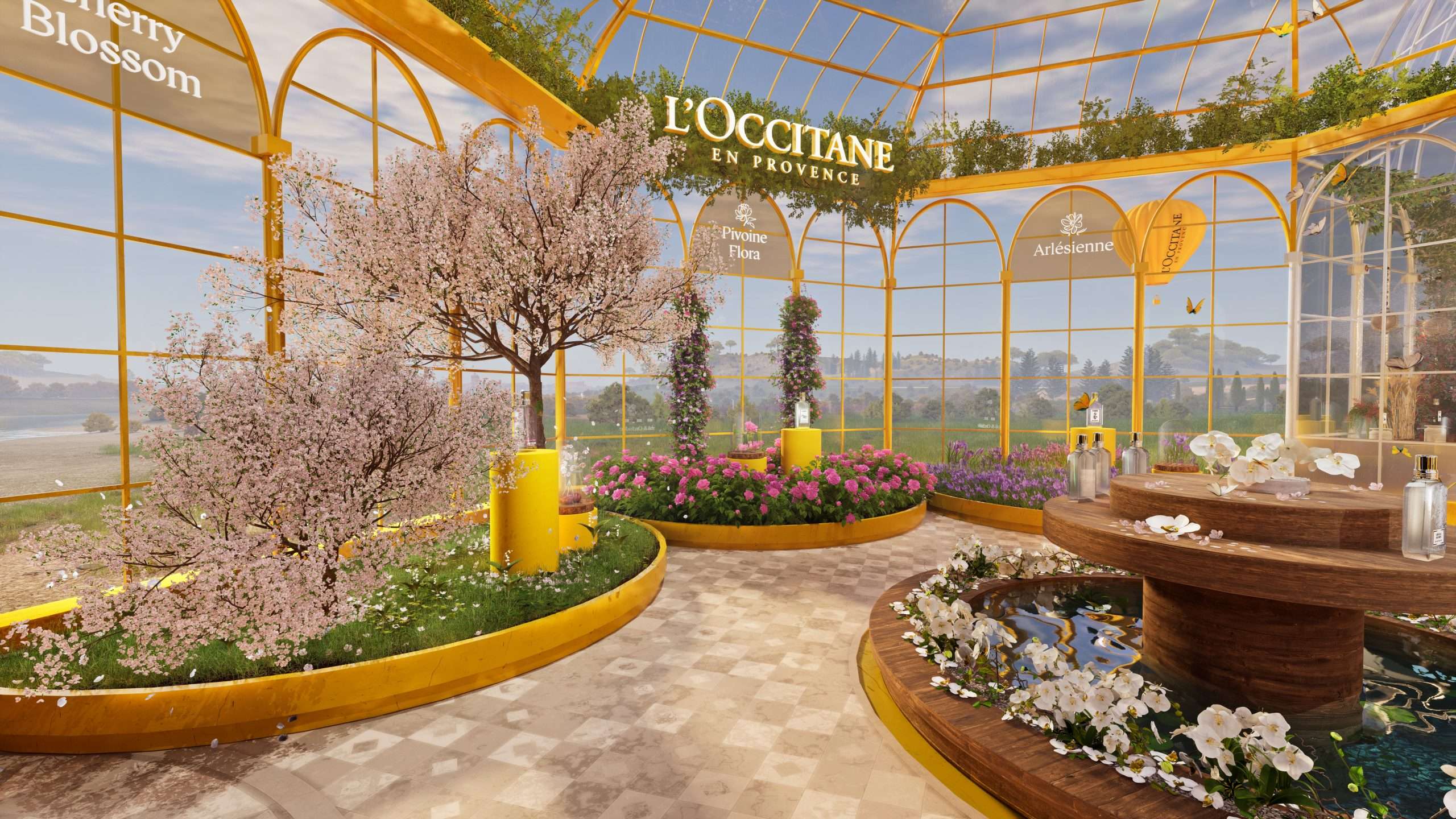In it, the Musée d’Orsay presents a show about a show—specifically, the first Impressionist exhibition, which opened 150 years ago today and ushered in what we think of as modern art, especially through virtual reality.
The central exhibition, which marks the anniversary of that defining moment, is accompanied by a virtual reality component, the first time such immersive technology has been used so extensively to enhance the experience of fine art. This parallel show, “Tonight with the Impressionists,” occurs in a space adjacent to the main exhibition.
The physical show (with a ticket price of €32, or about $35) is on view through August 11 and will travel to the National Gallery of Art in Washington, D.C., in September (without the virtual reality component). Of the 157 works in the exhibition, 39 come from the Musée d’Orsay, 8 from the National Gallery, and the rest from museums and private collections around the world.
The goal of the VR exhibit, which originated with the Orsay, is to have visitors relive the evening of April 15, 1874, when at 8 p.m. the doors opened to the first Impressionist exhibition. “It was a very human moment,” said Emmanuel Guerriero, head of the immersive technology firm Excurio, referring to the historic evening, “so we foregrounded human emotions.” Excurio and Gedeon Experiences coproduced the VR show.
No photographs exist of the historic exhibition, which was hung by the artists themselves. Therefore, “we threw ourselves into an investigation that lasted two years,” said Stéphane Millière, head of Gedeon Media Group.
Rose, a fictional nineteenth-century artists’ model and aspiring artist, leads visitors outfitted with VR headsets on a 40-minute virtual reality experience that relives the opening in Paris. They also travel to Bougival, just west of Paris—a favorite haunt of the struggling young artists whose calling card was painting en plein air—and to the cliffs of Étretat and other key locations where they worked or discussed their shared aesthetic mission.
This careful reconstruction took into account land surveys, aerial photography of the neighborhood and studio, receipts and other documents, the original exhibition catalogue (on view in an exhibition case), letters written by the artists (which nourished the VR script), and reviews by contemporary journalists. It brings to life the venue for the 1874 exhibition: the former Paris studio of photographer Gaspard-Felix Tourmachon (known professionally as Nadar), with its luxurious crimson wall hangings and carpet, its tall windows and interior waterfall, and even its façade, which boasted Nadar’s name picked out in red and gold lights.
This article was originally posted by Eve Hill-Angus for Art News. Read the original article here.



